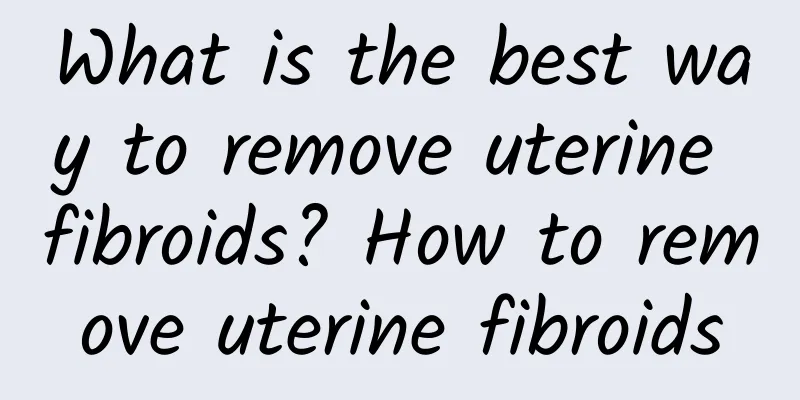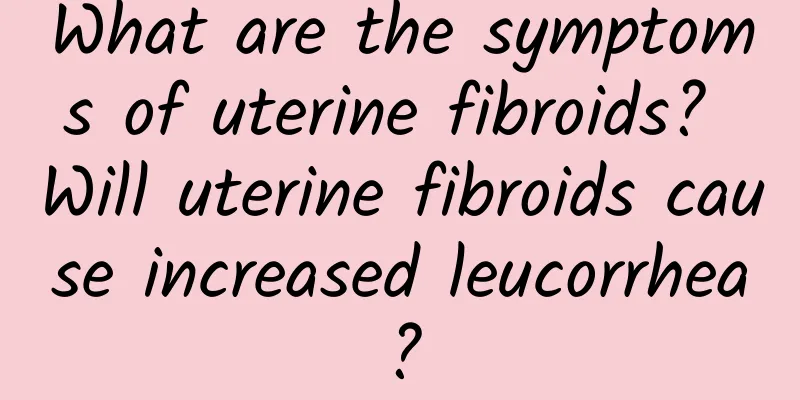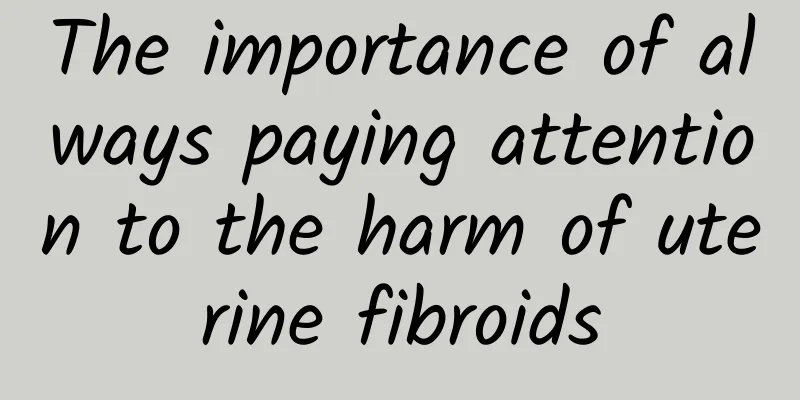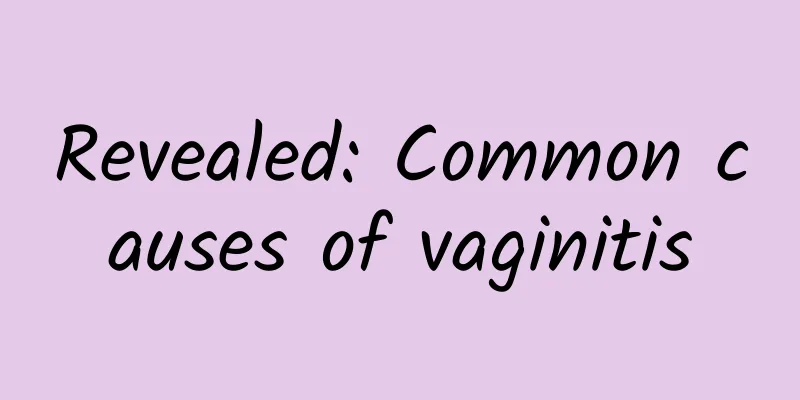What is the best way to remove uterine fibroids? How to remove uterine fibroids

|
What is the best way to remove uterine fibroids? How to remove uterine fibroids Uterine fibroids are one of the most common benign tumors of the female reproductive system. They usually grow in the muscle layer of the uterine wall. Although most uterine fibroids do not cause serious problems, for some women, they may cause pain, infertility or other symptoms. When these problems occur, it is crucial to choose the appropriate method to remove the uterine fibroids. Currently, there are many ways to treat uterine fibroids. The method to choose can be determined based on the patient's symptoms, age, and size of the fibroids. The following are some common methods for removing uterine fibroids: 1. Surgical resection: Surgical resection is currently one of the most commonly used and most thorough methods for removing uterine fibroids. Surgical resection can be performed through open surgery or laparoscopic surgery. For larger, multiple or complicated fibroids, surgical resection is the most appropriate option. 2. Uterine Artery Embolization: Uterine artery embolization is a non-surgical treatment that can shrink and reduce the growth of fibroids by blocking blood flow to the uterine arteries. This procedure is usually done by injecting drugs or tiny particles into the blood vessels through a catheter. Uterine artery embolization is suitable for patients who are not suitable for surgery or patients who wish to keep their uterus. It can relieve symptoms and reduce the size of fibroids. 3. Medication: Medication can help control the symptoms of uterine fibroids, such as pain and irregular menstruation. These drugs can reduce the growth of fibroids by adjusting hormone levels. For example, oral contraceptives, progesterone drugs, or gonadotropin-releasing hormone drugs. However, medication cannot completely remove fibroids, usually only temporarily relieves symptoms, and has some side effects. It should be noted that the treatment of uterine fibroids should be based on the patient's specific situation. Therefore, before choosing a treatment method, it is recommended that the patient consult a professional doctor. Ending Science: Uterine fibroids are a common benign tumor of the female reproductive system. Although not every patient needs treatment, for those who experience symptoms, it is very important to choose the right method to remove the uterine fibroids. Surgical resection, uterine artery embolization, and drug therapy are common methods for removing uterine fibroids. Surgical resection is the most thorough method and is suitable for larger, multiple, or complicated fibroids. Uterine artery embolization can shrink and reduce the growth of fibroids and is suitable for patients who are not suitable for surgery or wish to keep their uterus. Drug therapy can relieve symptoms but cannot completely remove fibroids. Most importantly, be sure to consult a doctor before choosing a treatment method to ensure that you get the treatment plan that suits you best. |
Recommend
What does hemorrhage mean?
The word "hemorrhage" may sound a bit s...
Postoperative care after Bartholinitis
Bartholinitis is usually caused by not paying att...
Is bilateral polycystic ovary serious?
Polycystic changes on both sides of the ovaries a...
Experts explain the main symptoms of vulvar leukoplakia
Vulvar leukoplakia is a gynecological disease tha...
What factors are related to the time of menopause in menopausal women?
Light menstrual flow during menopause is a precur...
Will the uterine wall become thicker when a woman is pregnant? Does thickening of the uterine wall mean intrauterine pregnancy?
Although the uterus is an important part of the f...
Overeating can lead to dementia. Don't be obese at the age of 30.
With a busy work schedule, you often have a simpl...
Plastic surgery and waiting for repair? Time-saving and body shaping becomes a new trend
"Time reduction" is a concept that shor...
How to deal with irregular menstruation in women? Analysis of the causes of irregular menstruation in women
What is the reason for irregular menstruation in ...
What are the symptoms of uterine fibroids? Can uterine fibroids induce anemia?
Uterine fibroids, also known as uterine leiomyoma...
What are the symptoms of abnormal menstruation
What are the symptoms of abnormal menstruation? S...
Is it harmful for women to have an abortion? What are the harms that abortion can cause to the body?
Many women choose to have an abortion after an un...
What should I do if a 12-year-old girl has irregular menstruation?
Irregular menstruation in 12-year-old girls may b...
Relaxation of food radiation limit: Consumers' Foundation urges Department of Health to clarify
In response to the revised draft of the "Saf...
New gastric clamp surgery man loses 60 kg in 3 months
Is it necessary to avoid certain foods and fast i...









